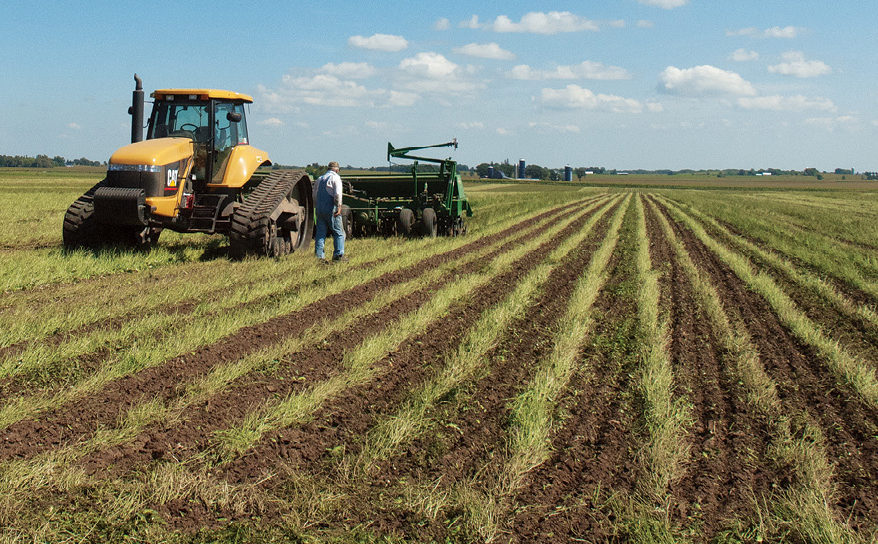No-Till Farmer
Get full access NOW to the most comprehensive, powerful and easy-to-use online resource for no-tillage practices. Just one good idea will pay for your subscription hundreds of times over.

Some plant pathologists maintain green bridge is not likely to be a disease concern with the traditional Midwestern corn-and-soybean rotation. But with the expanding growth of cover crops and adoption of other crop rotations, it’s a possible disease worry for Corn Belt no-tillers.
Green bridge is the term applied to volunteer plants, weeds and maybe some cover crops in green-up situations, where the pathogen inoculums and pest populations increase between the harvest of one crop and the emergence of a newly planted crop.
When it comes to effective no-till management, it often boils down to making the correct diagnosis between root disease and allelopathy problems In fact, some Pacific Northwest no-tillers say managing green bridge takes a new way of thinking — similar to learning to deal with an infectious disease after years of being treated by your doctor for an allergy.
Just ask Allan Brooks, who is now convinced he’s seen green bridge in his cover-crop program for more than 40 years. After seeing the problem years ago when seeding cereal rye as a cover crop, it’s only in the past few years that the Markesan, Wis., no-tiller has figured out that it’s a green-bridge problem.
A major worry for years among no-tillers in the Palouse area of southeastern Washington, northeastern Oregon and southwestern Idaho, green bridge is a big concern with continuous winter- and spring-wheat production.
“Green bridge is a concern for us when we use winter wheat as a cover crop and don’t get a…